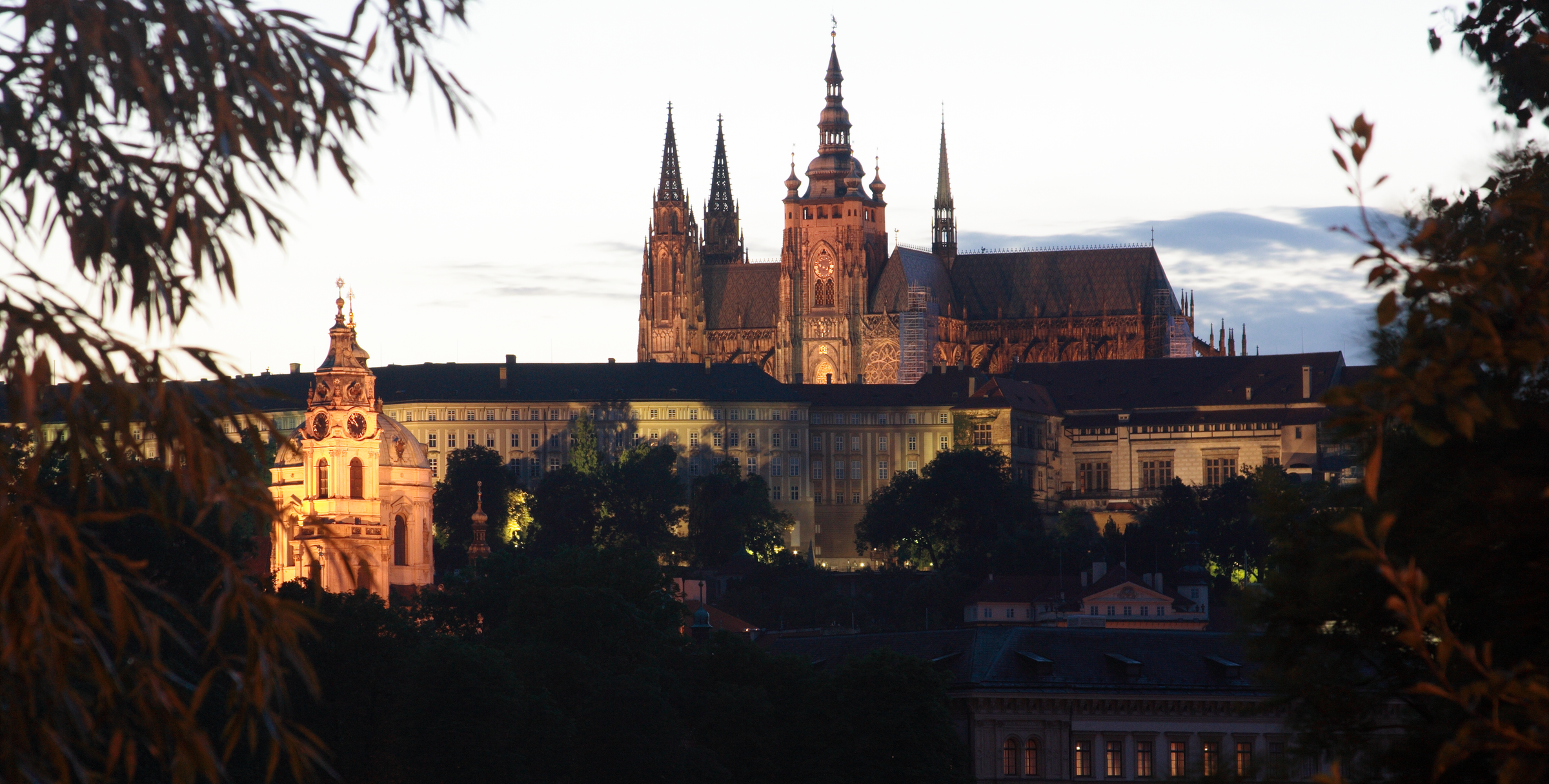DISCOVER THE HEART
OF EUROPE WITH US!
OF EUROPE WITH US!
Daily guided walks through Prague’s Old Town, Castle District, and hidden gems. History made unforgettable.
Escape the city with a custom one-day tour. Castles, nature, breweries, and more—designed just for you.
Private trips across Czechia and Europe. Vienna, Salzburg, Berlin—your personalized itinerary, your pace.

MEANINGFUL
Trace your roots across Prague and beyond. We craft personalized tours to help you walk the same streets your ancestors once did—history, heritage, and heart in one unforgettable experience.